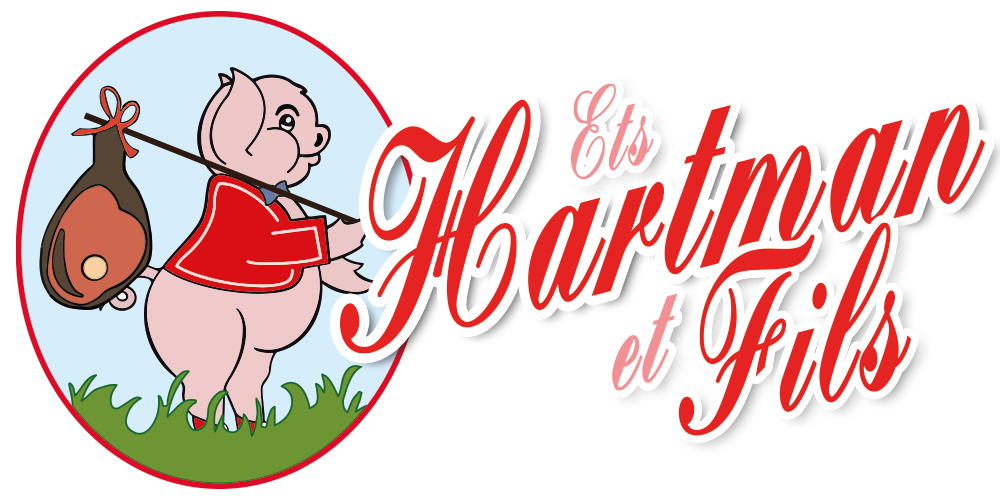- VAUX/SUR/SÛRE - BASTOGNE
- info@etshartman.be
- +32 61 25 00 80
- Contactez-nous





D'où vient le porc ?
The pig was domesticated by humans about ten thousand years ago in the Middle East.
From then on, a companion of Homo sapiens sapiens in all its migrations, it is gradually found throughout Asia, Africa, Europe and finally all of Oceania where it will be an animal revered by local populations.
From the Suidae family, the pig has many wild cousins around the world: wild boar in Europe, warthog in Africa, babiroussa in Asia and peccary in America. Conversely, other species that bear the same name are not part of the Suidae family. This is the case of the porcupine and the guinea pig which despite their name belong to the rodent family and have no relation to the domestic pig.
Due to the pressure of genetic selection carried out by man, the pig has seen its morphology evolve considerably over the centuries to become smaller, with a more refined snout and a lighter pinkish color than we know today. .
Omnivorous animal easy to feed thanks to the remains of human meals, very prolific, it became a staple of breedings in the Middle Ages and the centuries that followed. Each farmer relies on his few pigs to meet the nutritional needs of his family and to have a piggy bank on its feet to face possible hard knocks.
In the countryside, the day the pig is killed is a feast day. Each terroir has its traditions with the preparation of its typical products.
From that time, there remains today a great gastronomic wealth, particularly in the diversity of Belgian charcuterie products.


